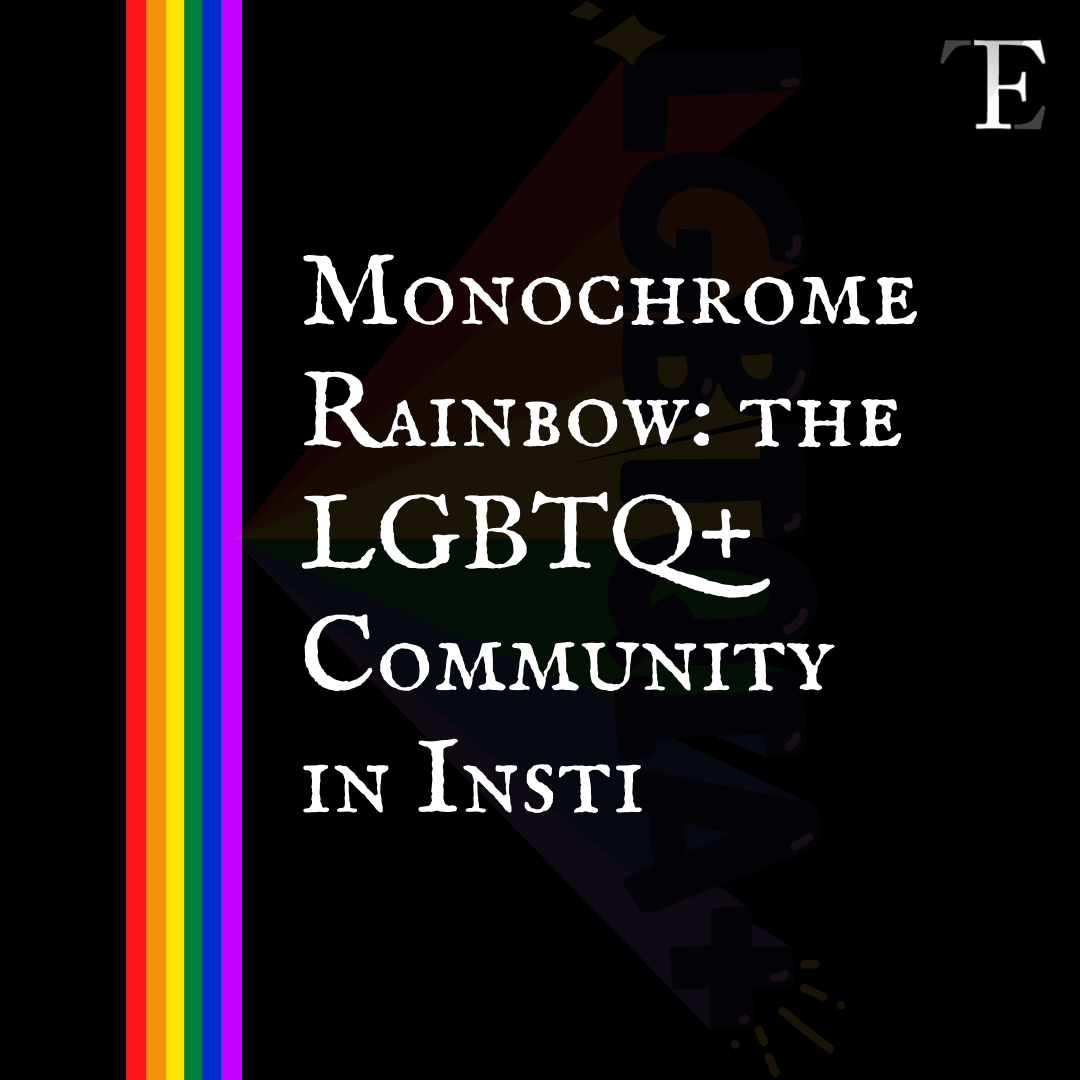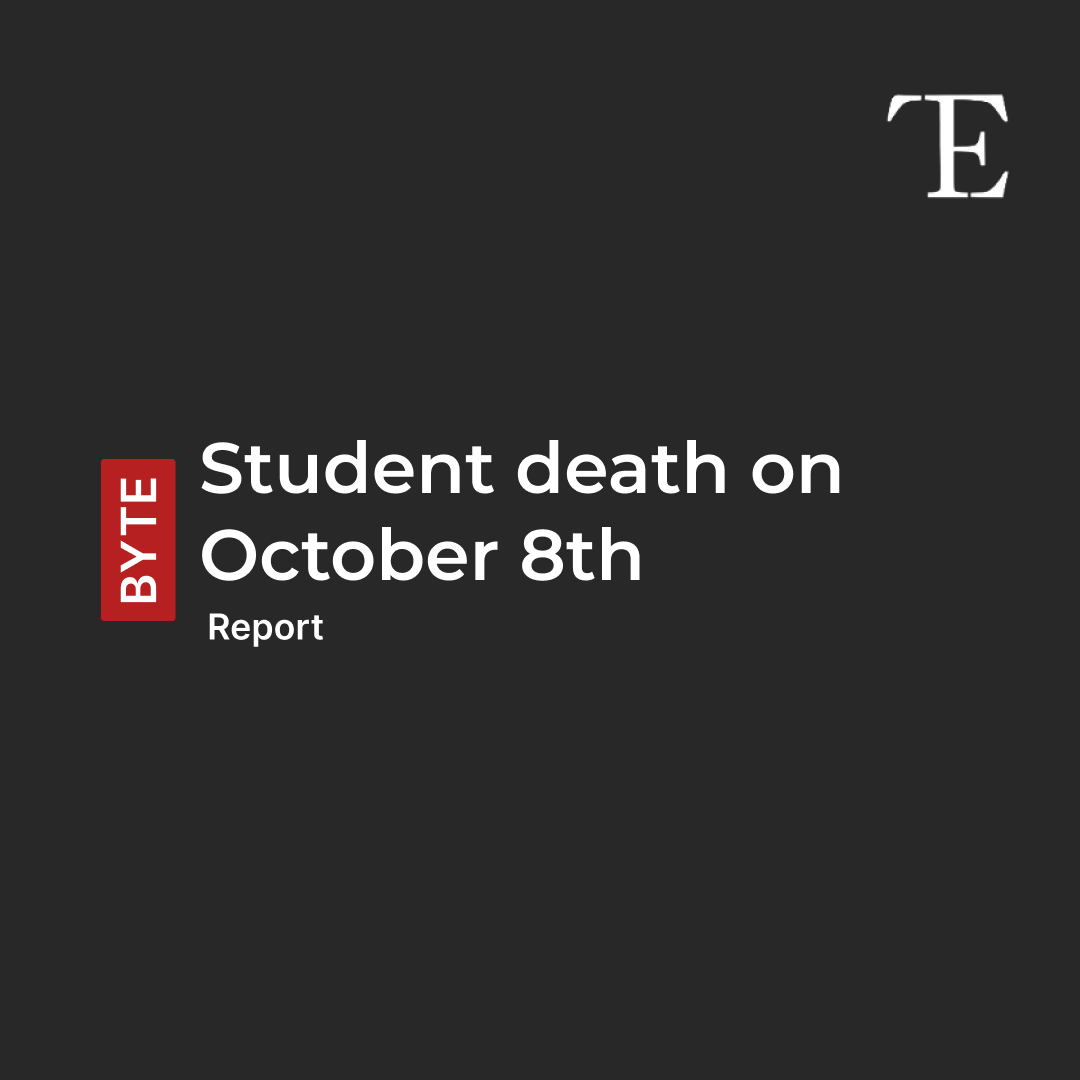Design by Shreethiga Ganesan
Edited by Anna Dominic
In an era where rainbow capitalism allows companies to conveniently showcase their token support for the LGBTQ+ community for one month, pat themselves on the back, and call it a day, it is easy for one to fall under the illusion that all the major battles for the community have been won and the future is nothing but rosy. However, the reality is that even today, homosexuality is illegal in 74 countries and punishable by death in 11 of them. Same-sex marriage is legal in only 29 countries. In addition, millions undergo ostracisation and lifelong distress, even in countries where their rights are acknowledged.
According to the figures of the Government, there were around 2.5 million gay people in India in 2012. The community achieved a significant victory when the application of Section 377 of the IPC, that criminalized ‘intercourse against the order of nature’, to homosexuality was deemed unconstitutional. Though acceptance of homosexuality in India is increasing, especially amongst the younger generation, the struggle is far from over. According to a study conducted by the World Bank, an estimated $30 billion was lost in 2012 due to homophobia in India. In addition to the challenge of overcoming deep-rooted stigma in all spheres of life, the lack of affirmative action forces many to choose between having a secure livelihood and living freely. For many members of the LGBTQ+ community residing in India, legal battles are secondary to the deep inner conflict they must first overcome.
Due to the imposition of gender roles and heterosexual conditioning, it often takes years for one to even reach the stage of self-realization and overcome their internalized homophobia.
There’s also the possibility that being open about their identity might lead to them being shunned by society or disowned by family. All these factors are possible reasons as to why depression and suicidal behaviour is much higher in LGBTQ+ individuals than in cisgender-heterosexuals.
Insti and the LGBTQ+ Experience
To scrutinize the condition of LGBTQ+ students on our campus, a few current students and alumni were surveyed earlier this year in August about their experiences through Vannam, the student-led LGBTQ+ space at IIT Madras. The results are insightful. Less than half of the respondents were out to their friends, and many admitted feeling doubtful about being accepted. “It’s scary whenever I think of coming out”, a student added. As a corollary, there seems to be a unanimous belief that there is potential for the campus to become much more accepting and that the institute can work towards creating a conducive environment and educating the student population. Many students are entirely unaware that the words that they use as jokes can cause deep trauma to people.
“It is a common culture in the hostels to tag people as ‘gay’ without really considering the effect it might have on them. Many people are homophobic and use gay/lesbian words as derogatory comments. It really had a toll on my mental health as I was mostly closeted during my time in insti”, an alumnus narrated.
A third-year student elaborated on her experiences: “Too many straight people see you in some wildly different light once they get to know you’re queer. A lot of straight women think you’re some kind of predator if you’re queer which is misleading.”
Even students who identify as allies may feel the need to play along with the jokes to fit in, elucidated in this experience by one of the anonymous respondents: “When I befriended an openly gay student, I was hesitant to meet him casually over coffee. I felt terrible when I constantly refused his calls. I felt handcuffed with social/peer pressure.” Another recurring phenomenon is that of people feeling uncomfortable with students’ expression of their identity. There is a tendency to associate a single kind of appearance and mannerism with the label ‘gay’ and then use that image as a standard to make judgements. Outing students’ identities without consent is also a troubling concern. “My time in insti as a queer person who isn’t completely out but not in the closet either has been an interesting experience. I feel apprehensive wearing it like a label. I have been told I’m ‘too gay’ and I should tone it down. My sexuality has been outed without my consent, and I feel like I exist in two parallel universes: one at insti and another one at home. I feel like I can be entirely out at some point within insti, but I fear judgement and my friends turning distant.”
The Way Ahead
What steps can be taken to help the community on campus? Although campus counselling services are already in existence, additional efforts can be taken to ensure they are LGBT-friendly and utilized sufficiently. Currently, the campus does not have an official student group for LGBTQ+ students. Vannam, an entirely student-initiated body, was formed in 2014 and has been conducting minor events such as panel discussions and movie screenings in collaboration with other institute bodies such as Saathi. Many other campuses in the country such as BITS Pilani, IIT Delhi, IIT Bombay, SRM, etc. too have active groups to create awareness and provide a support system for LGBT students. However, most of these- including Vannam- aren’t officially recognized by the administration, though their activities are allowed to continue. Recognizing these bodies might go a long way in creating an environment where the community feels validated and would help closeted students come out of their shell.
“I was quite surprised to see that there’s no active and functional LGBTQ group in insti. I had a hard time making gay friends in the beginning … and had to resort to meeting people privately… I believe that those who’ve just realised about themselves need a better medium to approach the LGBTQ persons in the campus. Of course, they may not come out in public to attend any meeting by the group, but the publicity through it would help them get to know the people and maybe approach them privately,” a respondent remarked.
Large-scale events, such as pride marches or art exhibitions, can also be held on campus to inculcate sensitivity among the general public and to generate a more open and welcoming environment for the community. Educating the student body would be a crucial mission. “I think one of the key reasons why people oppose alternate sexualities is because they have a lack of exposure to such ideas. Therefore sensitizing people and educating them would go a long way”, added a respondent. Activities of a functional LGBT group like Vannam would contribute immensely to this, but another convenient way to do the same might be to simply include it in a Life Skills session for the first-year students. A large portion of the campus population may not even be aware of the distinction between ‘sex’ and ‘gender’, let alone be mindful of the labels that are in use.
“There’s no such thing as an ideal queer person. A lot of queer people hide aspects of their personality fearing judgement. Mostly when people say that dressing or talking in a certain way makes them uncomfortable, it usually stems from their own internalized homophobia, ” said one of the respondent.
There are certainly some positive aspects that the campus environment offers to LGBTQ+ students. It serves as an oasis for those who may be closeted in their homes. “I miss insti because I didn’t need to hide my identity completely. At home it’s tough to hear homophobic stuff casually brought up in conversation”, added a student. The opportunity to meet people from the community without the constant worry of their families finding out is a breath of fresh air for many. Although there is still a long way to go before widespread and mainstream acceptance of the LGBTQ+ community, collective efforts in understanding and empathy are sure to help immensely.
“Openness may not completely disarm prejudice, but it’s a good place to start.”
-Jason Collins, first openly gay athlete in U.S. pro sports
Sources:
- Map of Countries that Criminalize LGBT People
- Marriage Equality Around the World – HRC
- India has 2.5m gays; Government tells supreme court.
- Homosexuality in India: What data shows
- The Economic Cost of Homophobia
- MENTAL HEALTH AND THE LGBTQ COMMUNITY
- Vannam Survey Responses
A special thanks to Vannam for all their help and insights.




